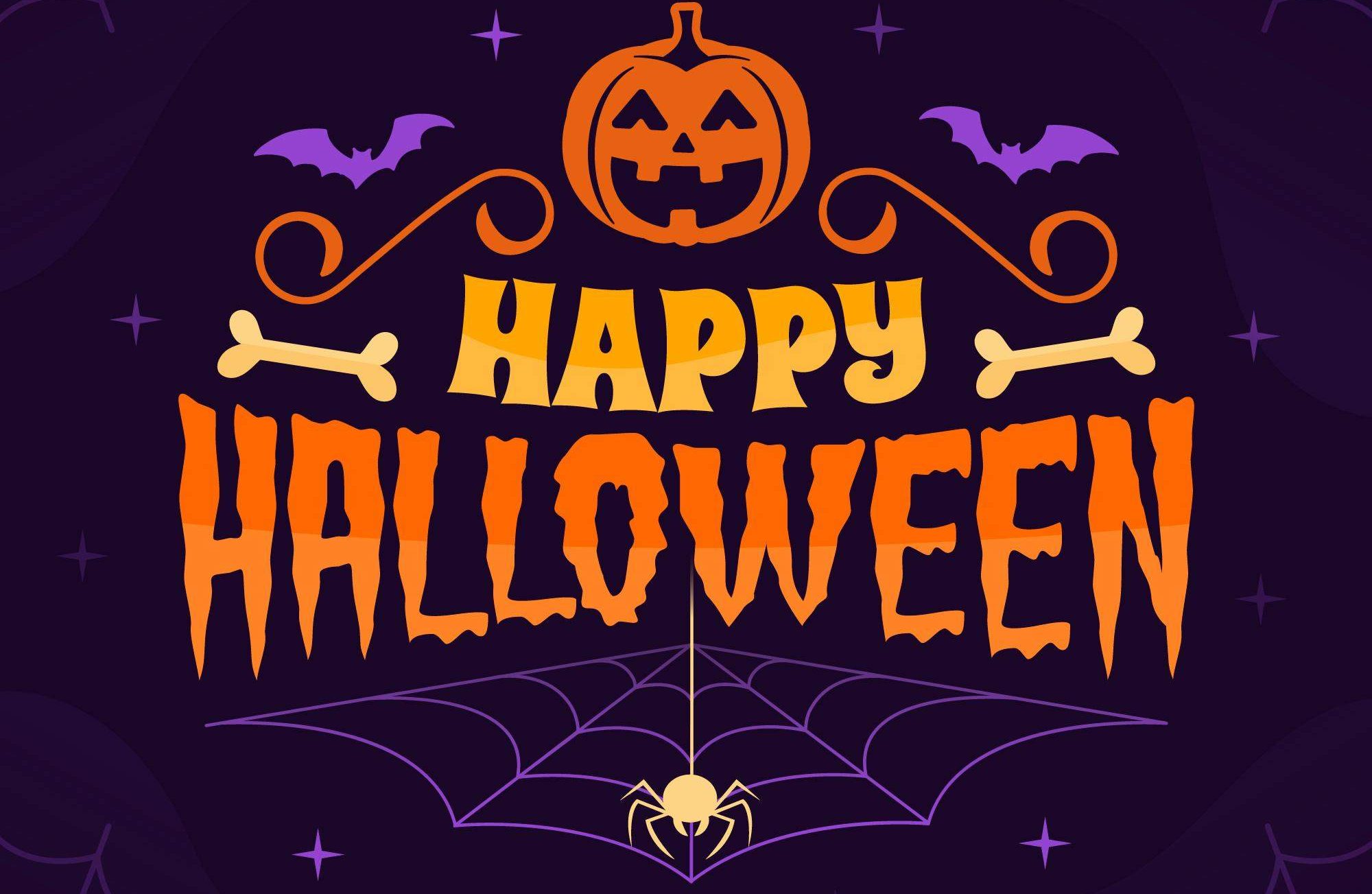On Halloween night, outside you can hear children screaming in fright, while ghoulish creatures roam the streets calling for tricks or treats. Well, maybe that is only sort of true. The children really are in costumes (some ghoulish, but others cute and silly) and they are the ones saying the classic words “trick or treat.” But we did this all begin? How did Halloween become Halloween as we know it today? It has gone through many iterations in how it is celebrated, even in just the last few years, but some things always remain the same. Let us dive into the history of the haunting holiday together and discover some spooky facts along the way!
The modern holiday has grown from a few different ancient celebrations.
The first origin story of Halloween lies actually in the ancient Celtic festival known as Samhain. This was a festival in which people would light bonfires while wearing costumes with the belief that it would ward off ghosts and spirits. As time went on, when Pope Gregory III was leading the Catholic Church in the 8th century, he designated November 1, of course the day after Halloween which is always on October 31st, a day known as All Saints Day. This was a day meant to honor, you guessed it, all of the saints. This eventually grew to include the celebration methods of Samhain as well. While people celebrated this combination day, the day prior to All Saints Day, October 31st, took on the name All Hallows Eve. This is where the modern name of Halloween stems.
So how did Samhain become the Halloween we know today?
Samhain was the Celtic festival to celebrate the new year. The celebrated it on October 31 and November 1 to mark the end of summer and the harvest as well as the beginning of winter. They associated winter with human death and believed that on the night before the actual new year, which would be October 31, the boundary between the living world and the world of the dead blurred and ghosts walked the earth. They thought this would cause chaos and harm to their crops but also allow the Druids, or Celtic priests, to be able to predict the future. In order to celebrate this crucial time, the Druids built bonfires and burned crops and animals as a way to sacrifice while the Celtic people wore costumes of animal skins and heads.
Eventually, the Roman Empire conquered Celtic land, and two Roman holidays merged with Samhain. The first day was Feralia; this was a day the Romans celebrated their dead. The second day honored Pomona, the Roman goddess of fruit and trees. The Roman symbol for Pomona is the apple which is where traditions such as bobbing for apples comes from. The merged celebrations continued on for many centuries until Pope Gregory formed All Saints Day and that spread in celebration as the catholic faith spread.
Once early settlers came to what is now the United States, some colonies held celebrations akin to an early American Halloween celebration.
Colonies such as Maryland and southern colonies, ones that were less strictly Protestant, saw cultures mixing from Native Americans and different European nations. They would hold celebrations to honor the harvest and celebrate their dead. As time went on, stories of the dead they knew turned into ghost stories and mischievous adventure tales. Eventually, the United States saw an influx of Irish immigrants who fled the Irish potato famine. They brought with them old tales of Samhain and All Saints Day which merged with the existing harvest celebrations. It is then that Americans began to dress up in costumes. Then, they started a tradition of going door to door asking for food or money, which blossomed into our modern day trick or treating tradition.
So, Halloween has no straight origin story. It formed from several holidays from different cultures until they merged into our classic holiday.




